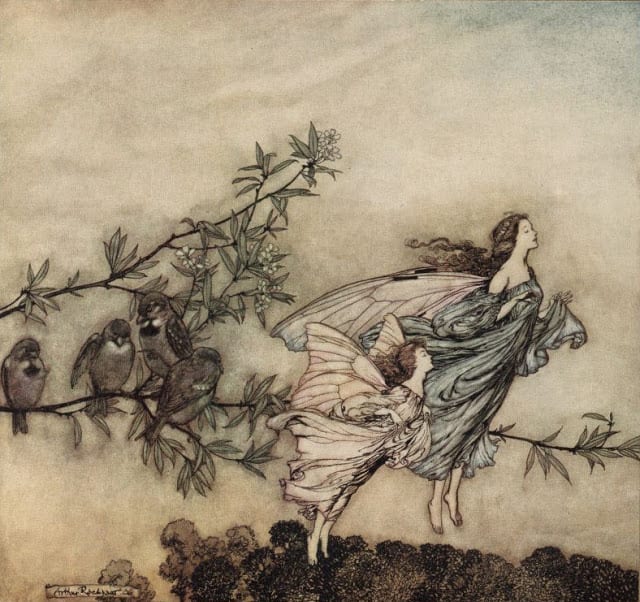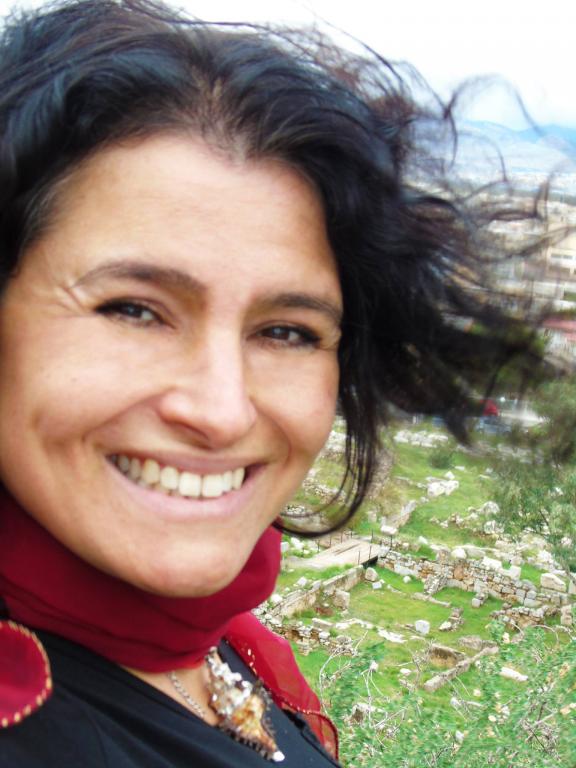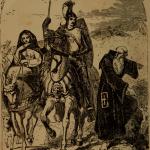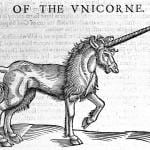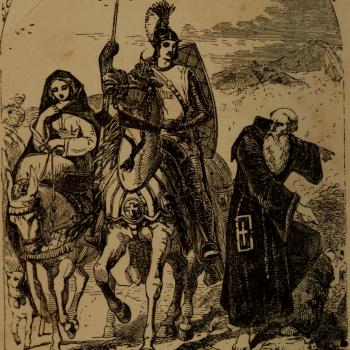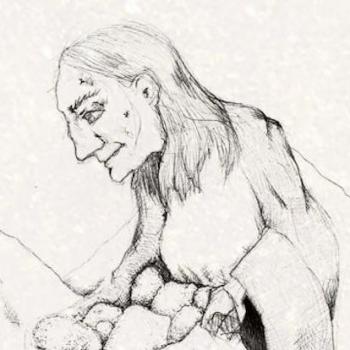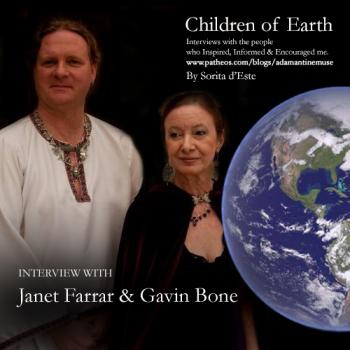Occasionally I like looking back at old projects, and Samhain always feels like a good time to be doing that. To look not just at our ancestral bloodline, but also our spiritual ancestors and the history of our own lives. For the last few days I have been sharing extracts from the book The Guises of the Morrigan which I co-authored with David Rankine. It was the first book I published when I started my business Avalonia, and although I am more often thought of today for my work with the Goddess Hekate, the Morrigan was an important deity in my work 20 or so years ago around the time I took on the mantle of High Priestess.
The story of the hero Cu Chulainn is intricately linked to that of the Morrigan. As such this story about the Faerie Birds whose song captivated the Ulstermen and who prophesies the birth of the hero at Samhain is an interesting one to add to those you tell around the fire or in Circle at Samhain.

Faerie Birds
In The Conception of Cú Chulainn (Compert Con Culainn) a flight of faerie birds lays waste to the plain before Emain Macha and are pursued by the druid Conchobar and his daughter (or in some versions wife) Deichtine.
“The flight of the birds, and their song, captivated the Ulstermen with their beauty. There were nine score birds in all, with a silver chain between each pair of birds, and each score flew its own way. And two birds flew out in front, a silver yoke between them.”[1]
The birds eventually lead the party to a house where they feast, and the god Lugh appears to Deichtine in her dreams and tells her she will bear his child (Cú Chulainn). In an alternative version of the story Deichtine and fifty maidens transformed into the faerie birds. After three years of searching the men of Ulster find the maidens at a faerie house, and Cú Chulainn is born there.
The theme of faerie birds also occurs in The Wasting Sickness of Cú Chulainn (Serglige Con Culainn). The men of Ulster and their wives have gathered at the Plain of Murthemne to celebrate the winter festival of Samhain when a flock of beautiful birds land on a lake nearby.
All the women want a pair of these birds, but they argue over who is worthy of owning them. Cú Chulainn succeeds in catching all the birds and then distributes them.
As he gives the last ones away, he realises there are none left for his own wife. In this version of the story, his wife is called Ethne rather than Emer, which is more commonly used for her. Naturally, Ethne is angry and upset about being left out. To placate her, Cú Chulainn promises her that the next pair of birds to arrive will be hers. A pair of birds joined together by a chain arrives.[2] Recognising their otherworldly nature, symbolised by the connecting chain, both his wife and charioteer urge him not to use his sling on them. However, Cú Chulainn ignores them and on his third strike hits one of the birds on the wing.
Cú Chulainn then falls asleep sitting against a stone pillar and has a dream where two beautiful women laugh at him and beat him ferociously with a whip. When he wakes up, he is unable to speak and spends a year sick in bed. This is his punishment for attacking the faerie women in their bird forms, especially doing so ignoring the omen of missing them twice when he threw the stones. He never missed a throw in his life before and should have realised that the misses were for a magical reason.
The otherworldly nature of the women is subsequently revealed when Cú Chulainn is invited to the faerie realms to fight for one of the women in battle, with the promise of gainer her favour. He does so, but the subsequent tryst is prevented by his wife. She intervenes and holds his favour by the strength of her words and personality.
[1] Compert Con Culainn (The Conception of Cú Chulainn), from The Book of Druimm Snechta
[2] This motif of the two birds connected together with a chain occurs in a number of stories as a sign of the otherworld. See The Dream of Oengus (Aislinge Oengusso) and The Conception of Cú Chulainn (Compert Con Culainn).
